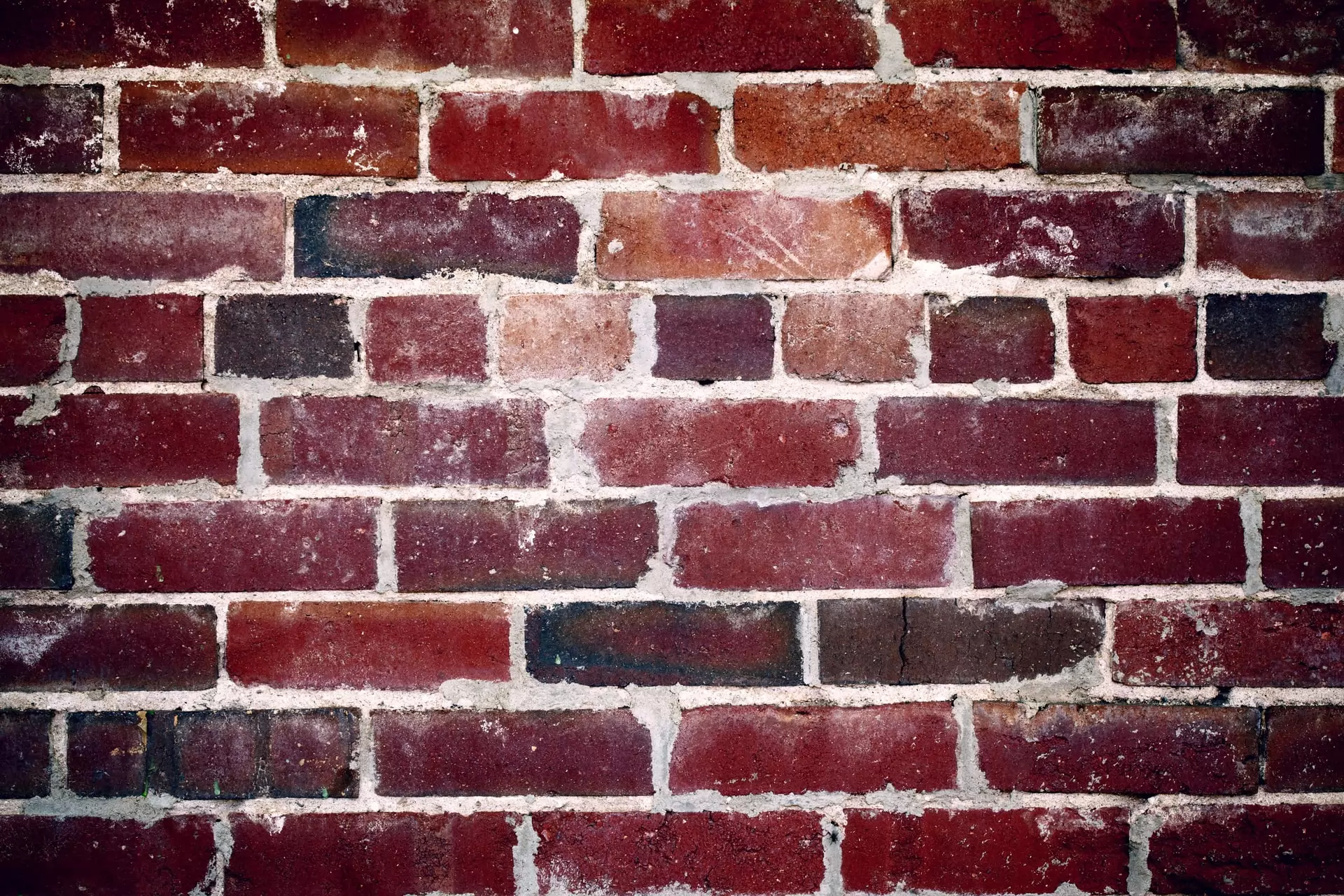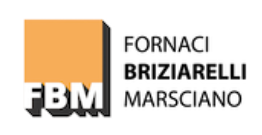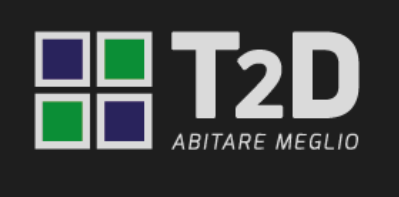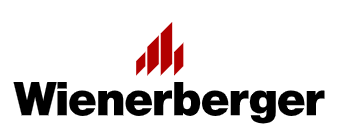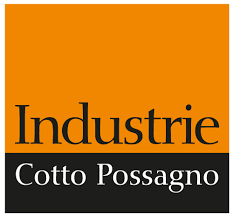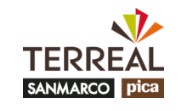Summary
The global clay brick market has experienced growth, with a predicted CAGR of 7.8% leading to a market size of $146.6 billion in 2023. However, the Russian-Ukraine conflict is likely to slow this growth to 7.1% CAGR from 2024 to 2027, forecasting revenues of $207.81 billion in 2027. Asia Pacific dominated the market in 2020 with 46% of global share, followed by Western Europe at 29%. Despite this, a recovery in 2021 brought production sales back to levels at around €286 million. Exports from Italy have remained higher than imports, with a surplus in the trade balance and Germany being a primary trade partner. Domestic demand for clay bricks in Italy is influenced by diminishing population growth, changes in family patterns, household incomes, and new trends such as energy efficiency and sustainable materials in construction. Despite a decline in enterprises and employment, the market is restructuring towards a circular economic model, with growing emphasis on recycling and environmentally friendly practices.
Clay Brick Market Trends in Italy
In the realm of construction materials, clay bricks have held a consistent presence due to their enduring benefits such as energy efficiency, environmental compatibility, and resistance to natural elements. These characteristics are not only driving the global market but have significant implications for the Italian market as well. The Italian market, in particular, has a significant production capacity scattered throughout the country, with a notable emphasis on sustainable construction and government incentives aimed at innovation within the sector. Despite experiencing a slight downturn in sales, which saw an approximate 8% decrease in revenue, the Italian clay brick market is poised for a resurgence. This optimism is due to innovations in the sustainability realm and governmental support that are expected to stimulate future growth.
However, the industry is also grappling with a contraction in the number of manufacturing plants. This trend is not entirely negative, as it has given rise to positive developments involving restructuring and optimizing plant operations towards a circular economic model, along with the reuse of products in industrial processes. This growth can be largely attributed to the post-pandemic reopening of industries and construction sites, despite potential setbacks due to geopolitical tensions.
Major industry players extend from the LIKIL Group to International De Cerámica and Kyocera Corporation, showcasing a diverse array of competitors in the field. The Italian context shows a complex interplay between market dynamics and demographic trends. Italy's population is expected to decline, with projections indicating a decrease to between 55 and 60 million residents by 2030—a 2.5% drop from current figures—which can directly impact housing demand and, by extension, the demand for clay bricks. Meanwhile, household configurations are changing, with a growing number of smaller, childless households that could alter demand patterns for construction materials. Moreover, household net income has seen a reduction, potentially affecting the purchasing power for housing and construction-related expenditures. However, demand for clay bricks is intricately linked to the health of the construction sector, which follows the broader contours of macroeconomic circumstances, such as GDP growth rates and interest rate fluctuations. In the face of increasing interest rates and inflation—expected to fall.
Key Players in the Global Clay Brick and Refractory Products Market
The global clay brick and refractory products market is home to a variety of significant players, each boasting a substantial influence over the industry. The key companies stand out for their geographic reach, product innovation, and adaptability to market trends. Here’s an overview of some of the main players cited in the earlier text:
- LIKIL Group : LIKIL Group is recognized in the market for its comprehensive range of clay and refractory products. With a strong foothold in multiple regions, the company caters to a diverse clientele needing building materials capable of withstanding extreme temperatures and other demanding conditions.
- Internacional De Cerámica, SAB De CV : This company sits as a heavyweight in the production of ceramic and related products. Internacional De Cerámica has built a reputation for quality and innovation, contributing significantly to the global demand for ceramic-based construction materials.
- Kyocera Corporation : While broadly known for its electronic devices, Kyocera also excels in the production of advanced ceramics, including refractory products. Kyocera's ceramics division brings high-precision, high-quality materials to several industries, displaying its versatility and engineering expertise.
- Compagnie de Saint-Gobain SA : Operating as a global leader, Saint-Gobain's expertise extends to a broad range of construction products, including refractories. The company's focus on sustainability and performance materials makes it an essential contributor to the sector's development.
- Mohawk Industries : As a renowned flooring manufacturer, Mohawk Industries diversifies into the production of ceramic tiles, providing solutions for both residential and commercial applications. Their commitment to design and technology has established them firmly within the building materials market.
- Terreal Italia : Although this company isn't cited as one of the primary global players, it plays a vital role in Italy's brick market, particularly with its environmentally friendly innovations in the terracotta brick category. Its contribution to Milan's Novetredici residential complex exemplifies the market's shift towards sustainable and energy-efficient construction practices.
The aforementioned players reveal the competitive and dynamic nature of the global clay brick and refractory products market. With a drive towards sustainability, energy efficiency, and superior building performance, these major companies are setting the standards for the industry's future development, catering to both traditional construction needs and modern environmental challenges.
to understand this market
Detailed content
 Inforamtion
Inforamtion
- Number of pages : 30 pages
- Format : Digital and PDF versions
- Last update : 27/07/2023
 Summary and extracts
Summary and extracts
1 Market Overview
1.1 Definition and presentation
Brick has been a product used in construction since ancient times (for about 10,000 years). Bricks can be made from different materials. Terracotta ones are made from a mixture of clay, earth, sand, and water, mixed with a binding material (for example, rice fibers can be used). The final product is then left to dry in the sun for about 25 days. The latter is a figure that can vary depending on the characteristics one wants to impart to the final brick. In Italy, you refer to brick by the word laterizio from the Latin word "latericius," meaning brick [Treccani]. In the coming sections, clay brick will be referred to either by the term lateritious or by the term ceramic or clay brick. All refer to the same building material.
Globally, the clay brick market can be described as growing. In 2023, the size of the global market is expected to grow at a CAGR of 7.8 % compared to 2021. The growth is supported by the many advantages that these tools bring to construction and new demand trends. Some of these benefits, sought by consumers, include energy efficiency, reduction of their environmental impact, and resistance to weathering. These are all properties that make clay materials environmentally sustainable solutions.
In Italy, the use of clay bricks is widespread, with factories producing them scattered throughout the country. However, the market has recently experienced a downturn in sales of the manufacture of terracotta building products. Specifically, there was an 8 % decrease in turnover in 2020 compared to 2016 values. However, future growth is expected due to the many innovations introduced in the field of sustainable construction and government aid.
An important fact to keep in mind for this type of market in Italy is the decrease in the number of plants used to manufacture brick products. This trend, however, is taking a positive turn as there is a general restructuring and optimization of plants in the market toward a circular economic model and the reuse of products in industrial processes.
All our studies are available online in PDF format
Take a look at an example of our research on another market!
Companies quoted in this study
This study contains a complete overview of the companies in the market, with the latest figures and news for each company. :
 Choosing this study means :
Choosing this study means :
Access to more than 35 hours of work
Our studies are the result of over 35 hours of research and analysis. Using our studies allows you to devote more time and added value to your projects.
Benefit from 6 years' experience and over 1,500 industry reports already produced
Our expertise enables us to produce comprehensive studies in all sectors, including niche and emerging markets.
Our know-how and methodology enable us to produce reports that offer unique value for money.
Access to several thousand articles and paid-for data
Businesscoot has access to all the paid economic press as well as exclusive databases to carry out its market research (over 30,000 articles and private sources).
To enhance our research, our analysts also use web indicators (semrush, trends, etc.) to identify market trends and company strategies. (Consult our paying sources)
Guaranteed support after your purchase
A team dedicated to after-sales service, to guarantee you a high level of satisfaction. +44 238 097 0676
A digital format designed for our users
Not only do you have access to a PDF, but also to a digital version designed for our customers. This version gives you access to sources, data in Excel format and graphics. The content of the study can therefore be easily retrieved and adapted for your specific needs.
 Our offers :
Our offers :
the clay brick market | Italy
- What are the figures on the size and growth of the market?
- What is driving the growth of the market and its evolution?
- What is the positioning of companies in the value chain?
- Data from several dozen databases
5 reports pack (-15%) IT Italy
- 5 reports at €75.6 excluding VAT per study to choose from our Italian catalogue for 12 months
- Save 15% on additional studies purchased
- Choose to be refunded any unused credit at the end of the 12-month period (duration of the pack)
See the terms and conditions of the pack and the refund of unused credit.
